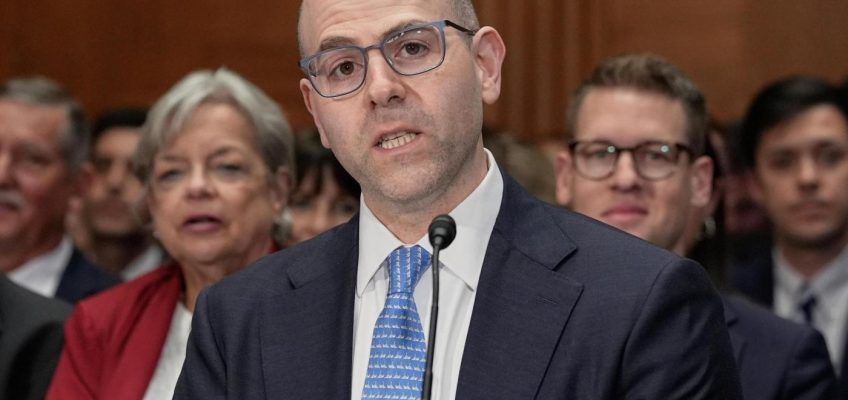The public has a chance to weigh in on Xcel Energy’s proposed rate increase at upcoming hearings across the state in September.
If state regulators approve, Xcel’s rates would rise by 9.6% this year and another 3.6% in 2026, generating a total of about $491 million.
Xcel is Minnesota’s largest electric utility, with about 1.3 million electric customers in the state. It says it needs the increase to improve the reliability of its electric system, add clean energy projects, invest in its nuclear plants and prepare for the expected surge in demand for electricity.
“We are committed to meeting our state’s growing demand for electricity, maintaining reliable service, working toward a cleaner energy future and keeping costs low for our customers,” Xcel said in a statement.
Consumer advocates say the higher rates would affect Minnesotans already struggling to pay higher electric bills, along with rising costs for groceries, housing and other expenses.
“We are seeing some real red flags right now that I think indicate that any rate increase is going to be difficult for a lot of Xcel households to bear,” said Annie Levenson-Falk, executive director of the Citizens Utility Board of Minnesota.
Those red flags include Xcel reporting more customers falling behind on payments or even having their service disconnected than in previous years, she said.
If Xcel’s proposal is approved, the utility estimates its typical residential customer will see their electric bills increase by about $13.31 per month. The company says it’s expanding enrollment in its energy assistance programs and making it easier for customers to qualify.
Xcel customers already have been paying higher temporary rates while state regulators are debating its full request. If the Public Utilities Commission approves a final rate that’s lower than the interim amount, customers will receive a refund.
The Minnesota Public Utilities Commission has scheduled public hearings on the proposed rates, beginning Monday night in Stillwater. Others are planned for St. Cloud, St. Paul, Faribault, Edina, Minneapolis and Welch.




